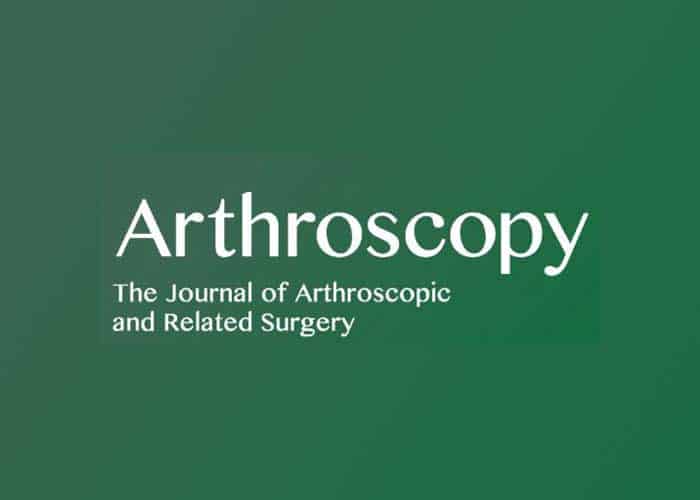
Authors:
Eoghan T.Hurley MB, BCh, MCh, Bogdan A. Matache, IvanWong, Eiji Itoi, Eric J. Strauss, Ruth A. Delaney, Lionel Neyton, George S. Athwal, Leo Pauzenberger, Hannan Mullett, Laith M. Jazrawi, Anterior Shoulder Instability Delphi Consensus Group
Abstract:
PURPOSE
The purpose of this study was to establish consensus statements via a modified Delphi process on the Latarjet procedure, Remplissage, and glenoid-bone grafting for anterior shoulder instability.
METHODS
A consensus process on the treatment utilizing a modified Delphi technique was conducted, with 65 shoulder surgeons from 14 countries across 5 continents participating. Experts were assigned to one of 9 working groups defined by specific subtopics of interest within anterior shoulder instability.
RESULTS
The technical approaches identified in the statements on the Latarjet procedure and glenoid bone-graft were that a subscapularis split approach should be utilized, and that it is unclear whether a capsular repair is routinely required. Furthermore, despite similar indications, glenoid bone-grafting may be preferred over the Latarjet in patients with bone-loss greater than can be treated with a coracoid graft, and in cases of surgeon preference, failed prior Latarjet or glenoid bone-grafting procedure, and epilepsy. In contrast, the primary indications for a Remplissage procedure was either an off-track or engaging Hill-Sachs lesion without severe glenoid bone loss. Additionally, in contrast to the bone-block procedure, complications following Remplissage are rare, and loss of shoulder external rotation can be minimized by performing the tenodesis via the safe-zone and not over medializing the fixation.
CONCLUSION
Overall, 89% of statements reached unanimous or strong consensus. The statements that reached unanimous consensus were the prognostic factors that are important to consider in those undergoing a glenoid bone-grafting procedure including age, activity level, Hill-Sachs Lesion, extent of glenoid bone-loss, hyperlaxity, prior surgeries, and arthritic changes. Furthermore, there was unanimous agreement that it is unclear whether a capsular repair is routinely required with a glenoid bone graft, but it may be beneficial in some cases. There was no unanimous agreement on any aspect related to the Latarjet procedure or Remplissage.
You may request the study: Anterior Shoulder Instability Part II – Latarjet, Remplissage, and Glenoid Bone-Grafting – An International Consensus Statement
You may download and/or pay for the study HERE
